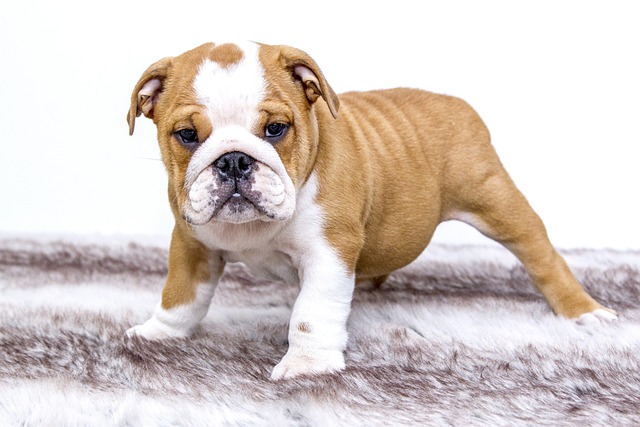
How do dogs get infected with ear mites
If you’ve ever watched your dog paw at their ear like it’s on fire, then noticed dark, crumbly gunk—like coffee grounds—when you peek inside, you’re probably dealing with ear mites.
If you’ve ever watched your poodle squint through a Miami afternoon, paws darting to rub at their eyes after a romp in the grass, you’ve probably thought: How do I keep those eyes from acting up? A new dog parent in Arizona texted me last month, fretting over her 1-year-old Boston terrier: “His eyes water nonstop in the dry air, and I don’t want it to turn into something worse.” Eye problems in dogs—from dryness to infections—often start small, but with smart, daily habits, most are easy to head off. Let’s break down what makes their eyes vulnerable, simple steps to protect them, and how to turn care into a routine your pup actually enjoys.
First, why their eyes need extra love. A dog’s eye is a delicate balance: a thin tear film keeps it moist, while the cornea acts as a shield. Breeds with big, round eyes (like Shih Tzus or beagles) have less eyelid coverage, so dust and debris sneak in easier. Brachycephalic breeds (pugs, French bulldogs) have shallower eye sockets, making dryness common—their eyes can’t close fully, letting moisture evaporate. Even mixed breeds face risks: dry winter air (hello, Colorado heaters) zaps tears, while summer pollen irritates. A 2023 study in Veterinary Science found that 50% of eye issues stem from preventable irritants, not genetics—so your daily actions matter more than you think.
Let’s start with the basics: gentle cleaning. Grab a soft, damp cloth (unscented baby wipes work) and wipe around their eyes once a day. Focus on the inner corner, where gunk builds up—dab, don’t rub, to avoid irritation. For wrinkly breeds, like bulldogs, use a cotton swab (gently!) to clean between facial folds—moisture there breeds bacteria. My neighbor in Chicago does this for her pug: “After morning coffee, I grab a wipe, and he sits for a treat. Now he nuzzles my hand when he sees the wipes—he knows it means snacks.”
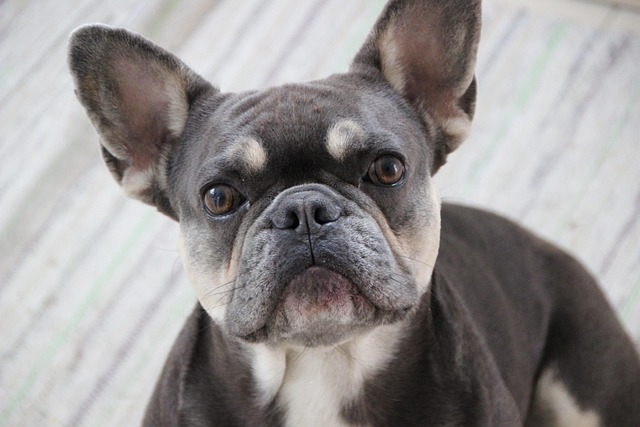
A weekly “eye rinse” with sterile saline (the kind for contacts) can help too. Use a dropper to place 1-2 drops in each eye—let them blink to spread it. It flushes out tiny dust particles, especially useful for city dogs (like my friend’s Yorkie in Manhattan, who gets eye goop from subway grime). Just skip tap water—it has minerals that can sting.
Trimming fur is another win. Long hairs that brush the eye (common in golden retrievers or collies) scratch the cornea over time. Use round-tipped scissors, and if you’re nervous, ask a groomer for a “brow trim.” A golden owner in my park swears by it: “After trimming the fur above her eyes, she stopped squinting on hikes—no more grass blades getting stuck!”
Protect their eyes from the elements. On windy days, skip off-leash runs in fields—stick to paved trails. In sunny spots like Florida, try doggy goggles (brands like Doggles) during midday walks—UV rays damage eyes over time, just like ours. After baths, pat their eye area dry with a towel—leftover shampoo burns, and irritation starts there.
Diet plays a role too. Omega-3s (found in salmon or vet-approved supplements) boost tear production. A rescue owner in Portland adds a teaspoon of canned sardines to her lab’s food: “His dry eye cleared up in a month—no more redness.”
The key? Make it positive. Dogs hate feeling held, so never pin them down. Instead, turn care into a game: offer a freeze-dried chicken treat while you wipe their eye, then praise like they aced a trick. A terrier I worked with used to growl at eye touches—now he leans in, tail wagging, because he knows treats follow. Scolding only stresses them, and stressed dogs rub their eyes more—making problems worse.
Let’s tie this to real-world rules. Legally, keep rabies vaccines current (required in all U.S. states)—some viruses, like canine adenovirus, attack the eyes, and vaccines block them. Regular vet check-ups (even if they seem fine) matter too—vets can spot early signs of glaucoma or cataracts you might miss. In public, if your dog has goopy eyes, skip the dog park—germs spread via shared toys. Always carry poop bags (fines hit $200 in Denver) even if you’re focused on their eyes—clean habits keep the whole community healthy.
In apartments, small tweaks help. Run a humidifier in winter (aim for 40-50% humidity) to fight dry air. Avoid scented candles or air fresheners—fragrances irritate sensitive eyes (my neighbor’s Shih Tzu in Dallas had red eyes until she ditched the vanilla spray). And if you have a balcony, wipe it down—pollen or bird droppings can get kicked up into their eyes during play.
At the end of the day, preventing eye problems is about consistency, not perfection. A wipe here, a rinse there, and a little protection from the elements go a long way. And when your pup looks up at you, eyes bright and comfortable? That’s the best proof your efforts are working.

If you’ve ever watched your dog paw at their ear like it’s on fire, then noticed dark, crumbly gunk—like coffee grounds—when you peek inside, you’re probably dealing with ear mites.
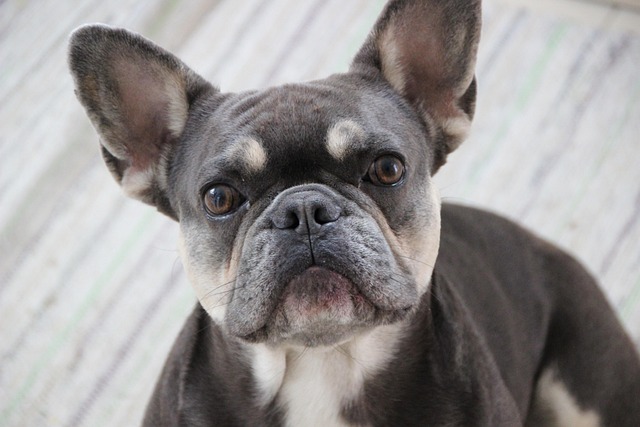
If you’ve ever watched your poodle squint through a Miami afternoon, paws darting to rub at their eyes after a romp in the grass, you’ve probably thought
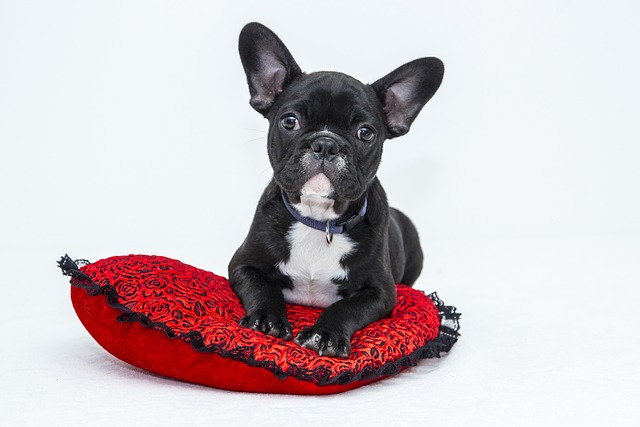
If you’ve ever noticed your dog’s paws or nose turning thick, crusty, and rough—like they’re covered in dried clay—and wondered, “Could tiny bugs be causing this?”
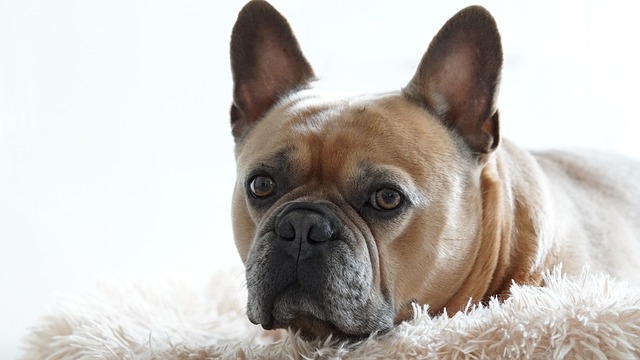
That heart-sinking moment when your golden retriever hesitates before jumping onto your Seattle apartment’s hardwood floor, licking at cracked, sandpaper-rough paw pads?

Once-obedient puppy suddenly ignoring commands, darting after squirrels mid-walk, or chewing the couch instead of their toy—many owners wonder if they’re doing something wrong.
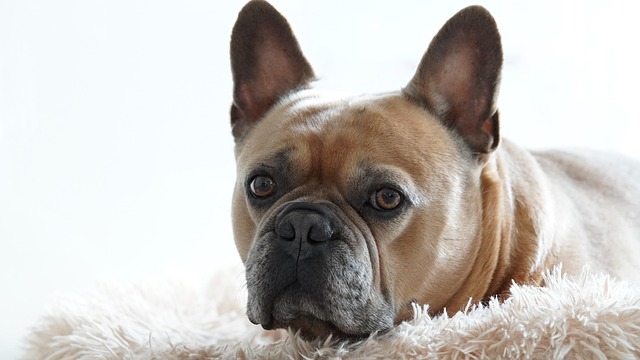
If you’ve ever found yourself holding a bottle of eye drops, staring at your pup’s red, watery eye, and wondering, “Can I just put this in?” you’re not alone.